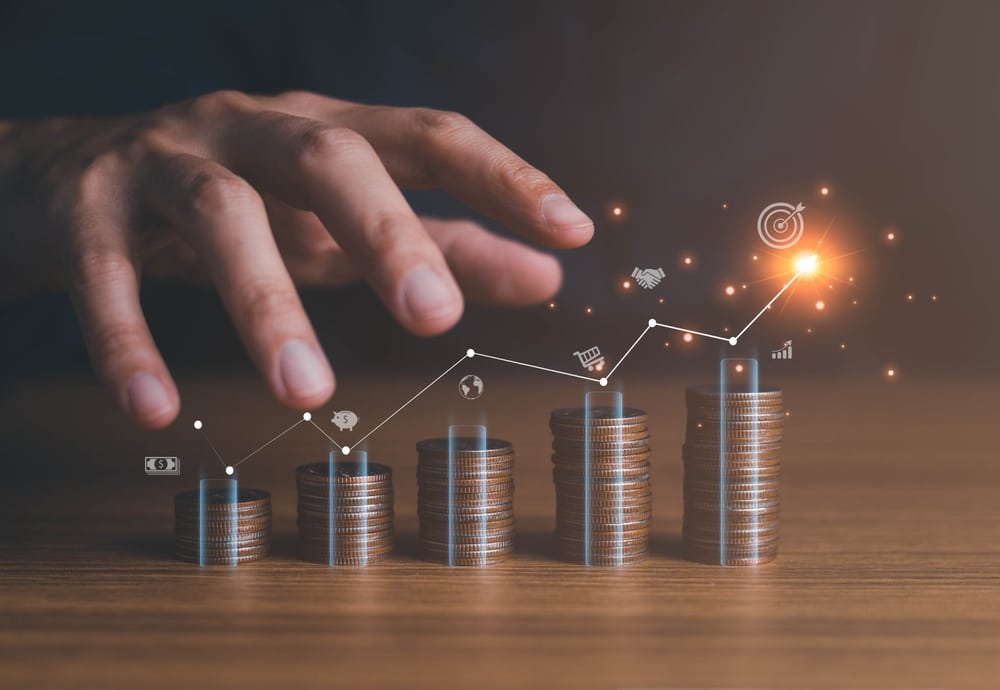
Shop BEST SELLERS For Current Inventory Selections / Get Free Shipping On All Orders Over $500

Shop BEST SELLERS For Current Inventory Selections / Get Free Shipping On All Orders Over $500
If you want to make the most out of precious metal investing, you must understand gold and silver price charts.
Price charts give you a snapshot of supply, demand, and the price of gold and silver over time. You can usually change the settings on online gold and silver price charts to look at different time periods, such as one year, five years, or ten years.

You can use price charts to make some reasonable predictions about gold and silver investing. For example, look at a gold price chart over a one-year period, and you’ll see the price of gold rises steadily, even during this short snapshot of time.
This reflects a larger trend: gold tends to trend upward at a steady rate, which means if you buy gold and hold it for any significant period of time, you’ll likely be able to sell it for a profit later.
Silver is a bit more complicated, with a series of peaks and valleys that can be a little more unpredictable. Nevertheless, look at a ten-year period, and you’ll see that the trend still moves upward in the end. You need less money to get into silver, but you may have to hold onto it longer to experience any real profit.
At the bottom, you’ll usually see the date and time on the chart. On the side, you’ll usually see the price per ounce. The graph line shows the trend in those prices over time. You can go to the farthest part of the graph and see what the day’s spot price looks like.
Make sure you’re looking at a price chart and not a ratio chart. Ratio charts show the relationship between gold, silver, and each other. Ratio charts have different uses and may help you develop an investment strategy, but won’t give you the same information about pricing trends.
You can use price charts to make some reasonable predictions about gold and silver investing. For example, look at a gold price chart over a one-year period, and you’ll see the price of gold rises steadily, even during this short snapshot of time.
This reflects a larger trend: gold tends to trend upward at a steady rate, which means if you buy gold and hold it for any significant period of time, you’ll likely be able to sell it for a profit later.
Silver is a bit more complicated, with a series of peaks and valleys that can be a little more unpredictable. Nevertheless, look at a ten-year period, and you’ll see that the trend still moves upward in the end. You need less money to get into silver, but you may have to hold onto it longer to experience any real profit.
Unsure how to make the most of the information you find on gold and silver price charts? Need guidance on how to start investing in physical gold and silver or help developing an investment strategy?
Contact the experts at US Precious Metals today!



US Precious Metals is one of America’s most trusted coin companies. We specialize in gold coins, gold bars, silver coins, silver bars, platinum coins, and palladium coins.